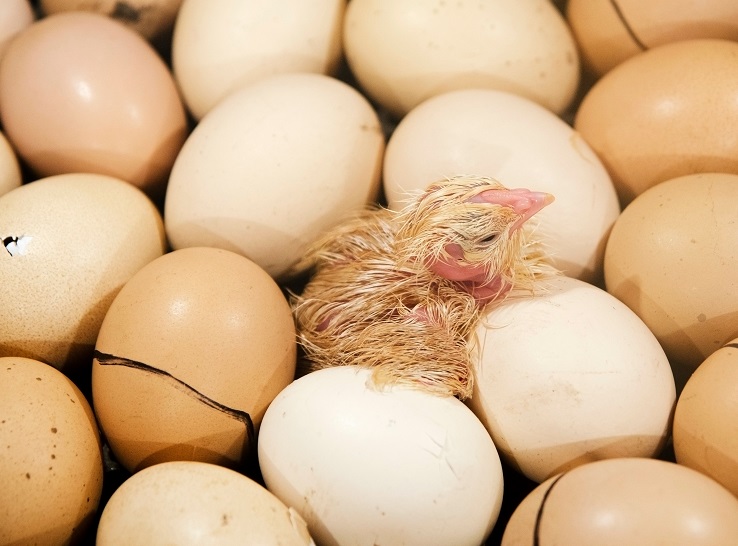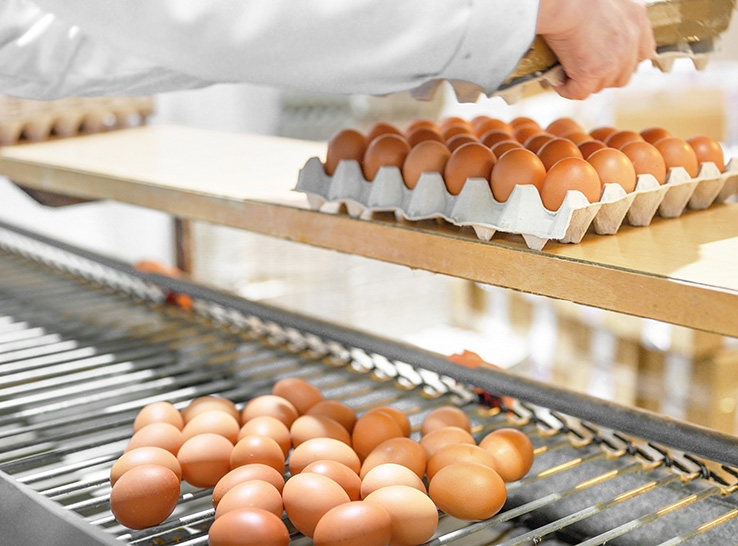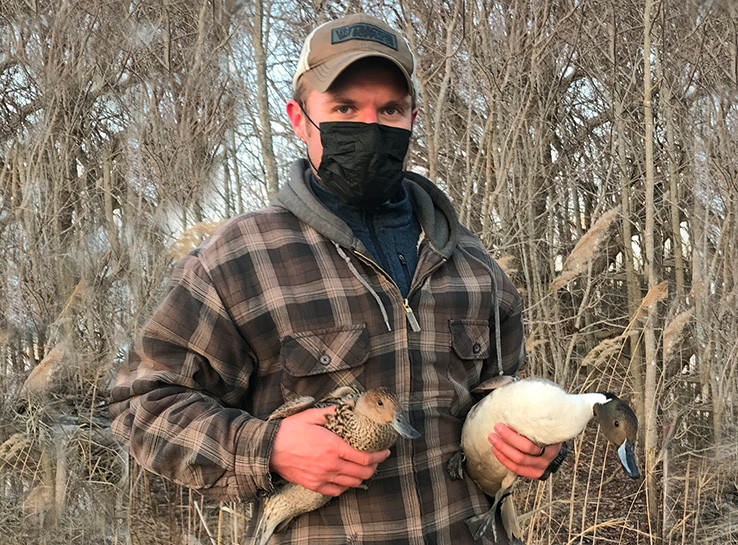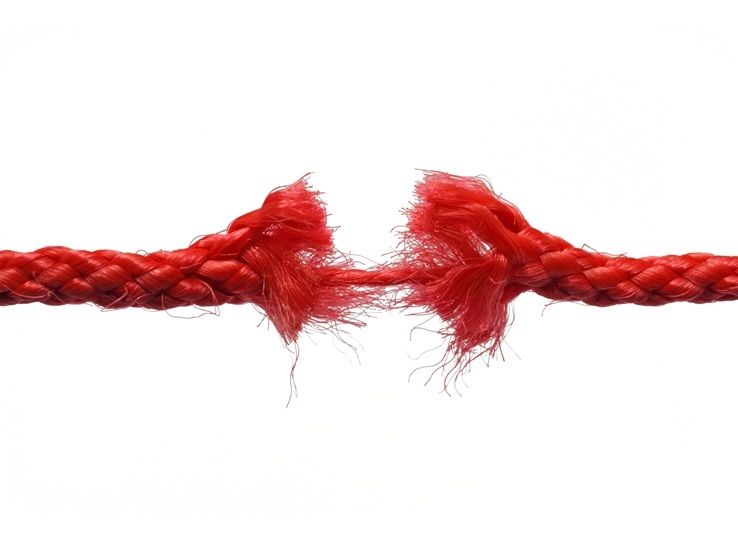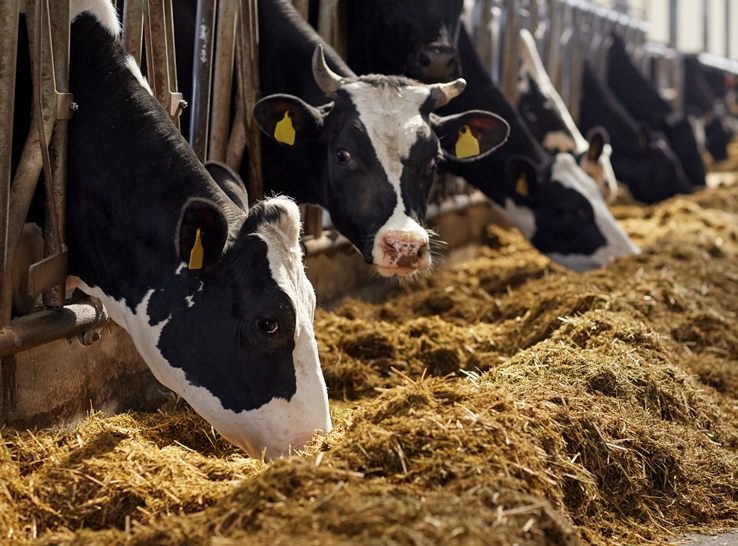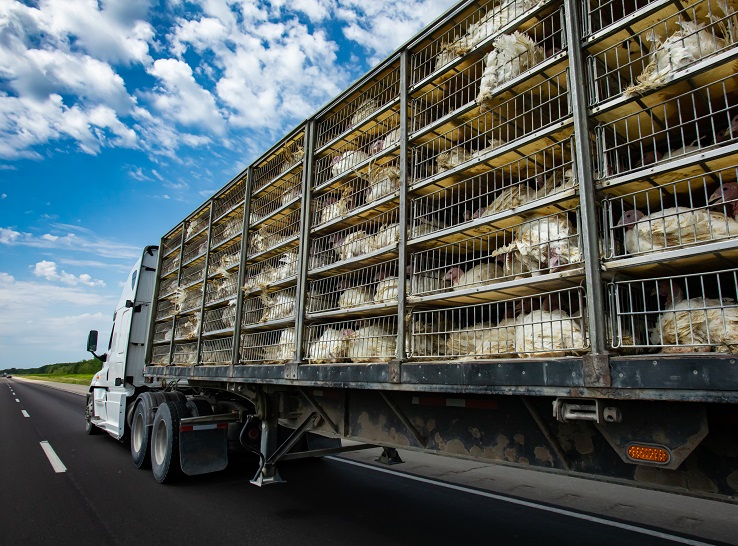A University of Minnesota research team is exploring options for moving uninfected eggs from farms where highly pathogenic avian influenza (HPAI) has been diagnosed and making them available to consumers.
Following HPAI outbreaks, there is often a considerable amount of uncontaminated material that is destroyed at great cost to producers, including eggs and egg-industry products.
Now, a research team led by risk analyst Rosemary Marusak, DVM, is looking to see if it’s possible to move and market eggs laid prior to HPAI infection, as well as those laid by PCR-negative flocks during depopulation. In such a scenario, the eggs would be washed, sanitized, segregated and stored in coolers.
The move could allow producers to capture revenue, reduce government compensation costs and potentially reduce the high retail prices for eggs.
Exploring the roots of risk
The University of Minnesota researchers are working with industry representatives, regulators and allied industries to explore the various pathways that could lead to HPAI virus introduction or contamination of washed and sanitized eggs that have already been segregated and safely stored on a site prior to it becoming infected.
They will also evaluate pathways that may lead to the spread of HPAI virus from this site to other susceptible poultry during the movement of the eggs to further processing or market.
Marusak noted there are many industry practices already in place to stop the spread of pathogens. With increasing disease-outbreak experience, the poultry industry has further improved and refined its biosecurity efforts, meaning that measures once considered too dangerous could potentially now be effectively managed, she told an audience at the American Association of Avian Pathologists 2023 scientific conference.
Enhanced measures could be used
Through the analysis of current industry practices, the group hopes to identify gaps where the virus could enter and risk exists. That should then allow them to propose enhanced mitigations that will help reduce that risk. This process might include UV lighting for supplemental disinfection or new production technologies to detect parameter changes such as mortality or water consumption, researcher Mickey Leonard told Modern Poultry.
“It is difficult to predict how the marketplace will respond to these products and movements, but we hope our scientific approach and guidance outcome helps them to understand the risk better,” Leonard said.
A decision on whether to proceed with movement of these products will be based on a collaborative discussion between USDA, state regulators and the industry, she added.

